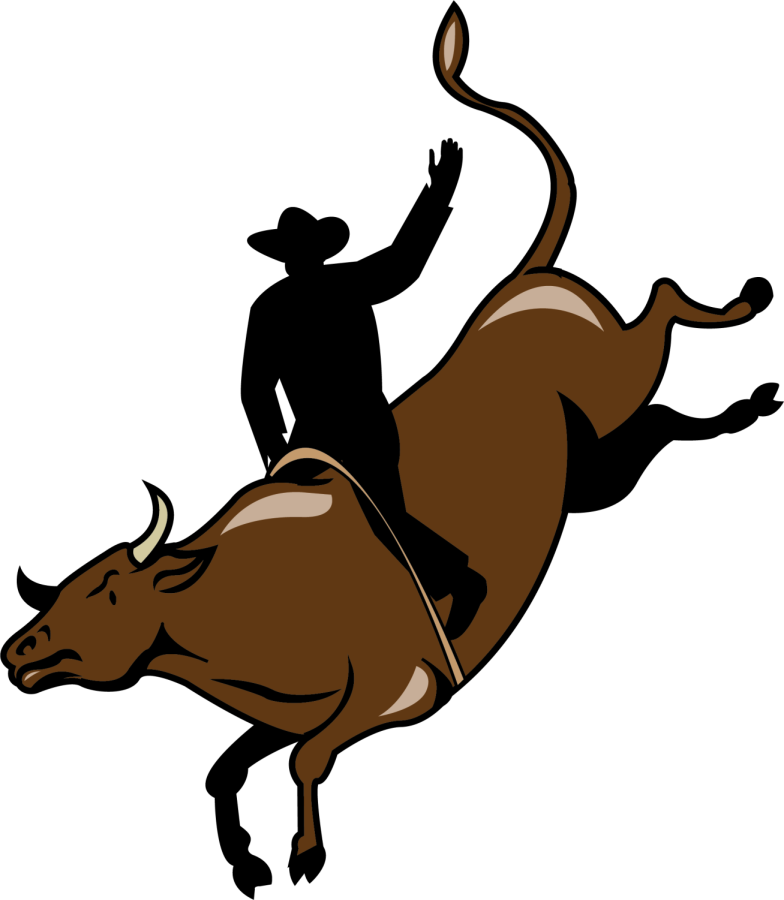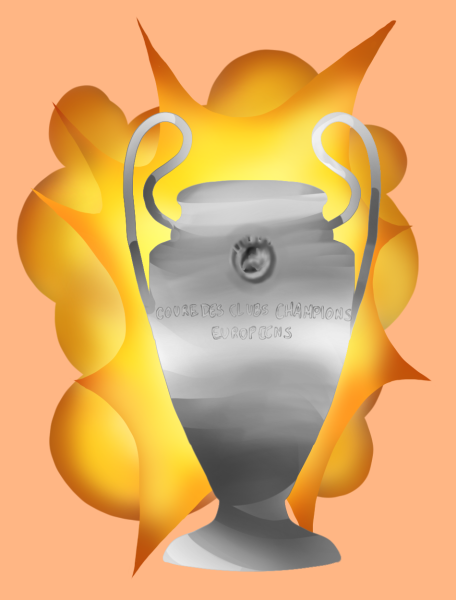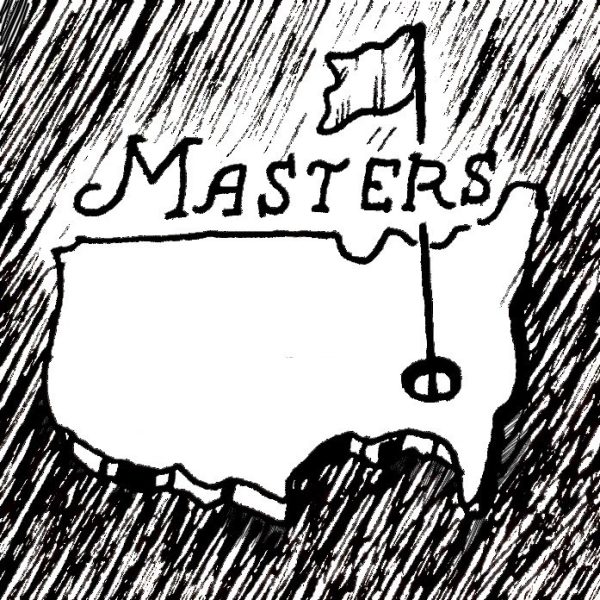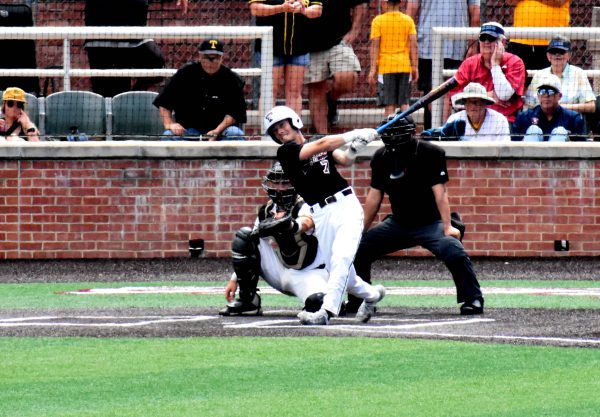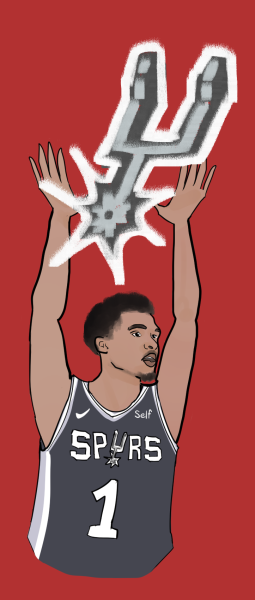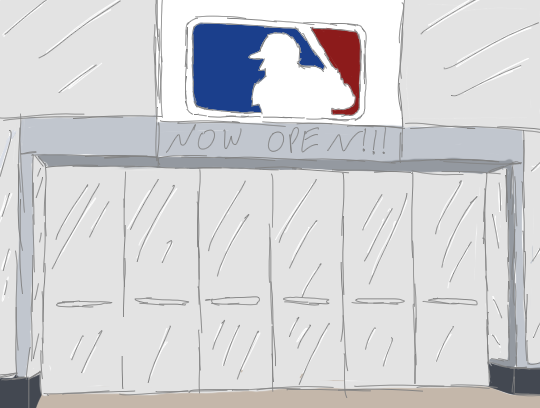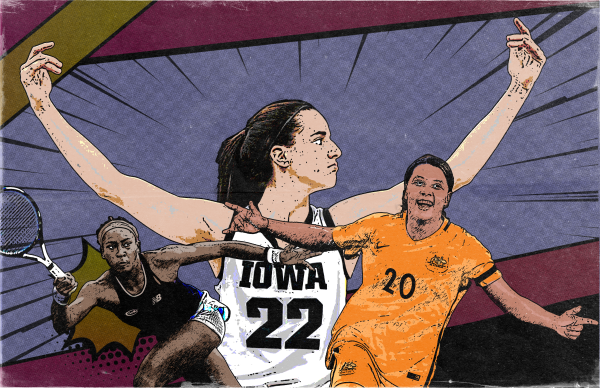A Day at the Rodeo: Getting roped into team roping
Falling in love with the fastest 8 seconds in sports
I’m going to be totally honest: I have never been to a rodeo once in my life. For those that know me, this may be surprising to hear. I come from rural West Texas, in a town of 2,000; how could I have not gone to a rodeo? The 73rd Annual San Antonio would serve to end that oversight. When I arrived at the AT&T Center (where the Spurs play), I had no idea what to expect. I purposefully went in cold, doing no prior research in the name of authenticity. Thankfully, my lack of knowledge didn’t hinder my enjoyment one bit.
The fairgrounds were predictably quiet, as it was 11 a.m. on a Friday. Walking to the Coliseum yielded the predictable sights of people in cowboy hats, jeans, boots and jackets in the February chill. Oh, and cows. Lots of cows. The morning event brought Team Roping to the Freeman Coliseum, with which I had at least some visual experience. When I was a young child, some family friends were in Team Roping. For some reason, one of my earliest memories is watching the family practice the event. However, being a five-year-old kid, I had no concept of things like time or scoring.
From what I’ve gathered, the cow runs out of the gate, pursued by two horses. The rider in the lead has to rope the cow by its horns while still riding at full speed. Once the front rider has the cow roped, the rider in the back has to snag the cow by the rear legs and pull.
Scoring is based on how quickly the team can get the cow roped, with most times ranging in the 8-second area. Some can get it in 7 seconds or less, which is a fantastic spectacle. The elite ones can get it perfect in under seven seconds.
There are, of course, ways to get it wrong. There are three “legal” ways for the lead roper to get the cow, and getting it wrong can mean instant disqualification. The stress isn’t all on the front rider, though: If the rear roper grabs the cow by just one of the two hind legs, a 5-second time penalty is added. A false start out of the gate by either rider will also be met with a 5-second penalty.
In an event where only the top 30 in a field of over 300 can advance, any punishment is a devastating mistake. If either the front or rear ropers miss the cow entirely, they are not counted for the run.
For someone with a short attention span, Team Roping is a fantastic sport that I instantly enjoyed, both for the fast-paced nature and the skill required. As more cows were roped, more people joined in, namely kids. Since Friday was the “School Day” for the rodeo, area elementary school children were in the stands to watch the event.
Team roping history dates back to the early ranching days in the 1800s. The sport is derived from a procedure that some ranchers would use when trying to herd animals that were too big and required a team of two to bring them down. Over the years, the sport has evolved into what it is today—making it one of the few rodeo events that have evolved from ranch-work of the olden days.
One major factor sets this event apart from every other sport in the rodeo: Mixed-gender competition. In most other events, competition has men’s and women’s divisions. However, Team Roping can have men and women on a level playing field. Not only did I see mixed-gender teams, but also mixed-age teams. The versatility of these ropers struck me. Young, old, man, woman—the only barrier to success in the event was skill. Compared to other sports, where physical talent is such a determining factor, Team Roping looked like a sport anyone could do if they put enough time and effort into it; if they have a horse, of course.
Action resumed following a brief intermission to clean the Coliseum floor, clearing the hoof-prints from previous runs and softening up the surface. With a Grand Prize of $26,410, the stakes were high, and mistakes were costly. A barrier penalty knocked one of the fastest times I had seen all day at 7.24 down to a 12.24. As I said, any penalty is costly, but especially one that happens on a great run.
Some teams, like Juan Martinez and Cody Rodriguez, were particularly electric, scoring runs that clocked in at the 6-second range. Those runs, in particular, were breathtaking to watch and drew crowd reactions from the Coliseum stands.
While watching, I was able to see just how difficult of an event Team Roping could be. These ropers have likely been doing this for years, yet a string of consecutive “No Time” runs showed the challenges that each roper goes through. I realized that if I were to attempt something like this, I would either fall off the horse or miss my throw entirely. The amount of precision required from both riders, rider and horse alike, is breathtaking. Every mistake reminds us of the human element, but every perfect run is a stunning spectacle.
As the event went on, the stakes got higher. Any missed rope that resulted in a No Time could spell disaster, and complete runs became more common through the final hour. The times dropped, and the Top 30 teams were finally chosen for the “Short Go” finale.
The buildup for the Short Round brought with it all of the expectations of the grand finale, but the first five teams brought either barrier penalties or No Times. Wade Zaeske and Kaitlyn Torres were the first to get a perfect run, taking the lead to the cheers from the crowd. Vale Robles and Pollo Idrogo took the lead with a quick finish, with Dalton Walker and Corey Ross taking the lead from them in quick succession.
Every action was met with audience reactions, adding to the atmosphere as music boomed through the Coliseum. It went to the final run, but the father-son team of Robert and Randy Siguero was declared champions at the end of the day, holding off the rest of the Top 6 to win it all. The atmosphere all day was nothing short of fantastic.
Upon leaving the Coliseum that day, the sun was just beginning to set on the San Antonio Skyline. The bright orange ball of flame lit up the sky, further adding to the festive atmosphere. The Carnival was in full swing, adding to the ambiance.
If you’ve never been to the rodeo, I can’t recommend it highly enough. The sights, the sounds—everything combines to make it what I imagined and more. If you have been to a rodeo, go again. I know I will.

Hey! I'm Caleb Reed, and I'm the new Sports Editor for the Trinitonian this year. I love all kinds of sports and I've got a passion for both commentary...

